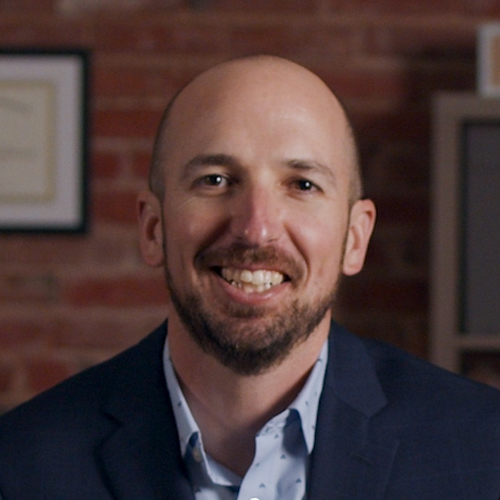It Gets Worse: The Compounding Problem of Rising Prices
Andy Snyder|March 2, 2023

Inflation is transitory…
That was the rhetoric early last year.
Well, it’s not as short-term as we thought… but it won’t be here for long.
That was last fall.
Okay… it’s sticky, but the “disinflation” phase has begun.
That was last month.
Oh, crap, it’s still rising.
Last week.
The headline readers are getting a wild lesson in the nasty persistence of rising prices. Man’s hubris tells him he can always turn things around. A few heavy-handed moves, he convinces himself, and the problem will go away.
After all, we created the problem, so we can fix it.
It’s lousy logic… at least in an economy that’s fed by debt. When borrowed money is the driver, prices get sticky – very sticky.
Lots of folks have missed that idea. It’s cost them dearly in the come-and-go stock market rallies we’ve seen of late.
Take car loans, for instance.
We had a two-hour chat with our neighbor last night (thanks to an errant delivery driver). He’s in the market for a new truck and had spent much of the day on the phone with bankers. The best he could do was a 9% loan. Most banks wanted 11%.
“I’ll be paying for today’s inflation for the next five years,” he said.
He was only half right, though. He’s a business owner. His customers will be paying for today’s inflation for the next five years. They’ll need to earn higher wages. They’ll need to take second jobs. And, if they’re smart, they’ll need to cut back on their spending.
The pain will pass on to the next guy… then the next guy… until the cycle is swirling.
Inflation, don’t forget, is an example of one of the most powerful forces on the planet… compounding.
Today’s high prices will be the base for tomorrow’s higher prices… which will be the base for next year’s even higher prices.
And the problem is compounded by the debt market.
Paying for It
Mortgage rates are once again north of 7%. That’s a 30-year punishment.
Many folks bank on refinancing. We’ve been trained to believe that rates go lower.
But that’s not always the case. The 1970s proved they can go higher for a decade.
Credit card interest rates are three times higher than mortgage rates. And because of the high prices throughout the economy, balances are soaring. We saw a record $931 billion hanging over consumers’ heads via their credit cards at the end of last year… a nearly 20% year-over-year increase.
That balance takes discretionary spending and instantly converts it into nondiscretionary spending. That money – no matter what trinkets it was used to pay for – must be paid back.
And chances are it’s only going to get more expensive to do so.
The higher the balances go and the higher the interest gets… the harder things will fall.
We’re already starting to see things buckle in the auto market. Because of a massive surge in prices (thanks to $5 trillion in freshly printed money), debt has soared in the sector. With rates rising, it’s no surprise folks are having a tough time paying back their loans.
Delinquencies for the youngest (and presumably poorest) drivers just hit a five-year high. The figures for the rest of the nation aren’t far behind. All told, some $20 billion in car loans are three months past due.
The trend is worrisome. And the more folks who pile into debt, the bigger the problem will get and the longer its effects will be felt.
Even if rates flatlined today (and they won’t!), this mess wouldn’t end.
Invest accordingly.
Don’t get duped into thinking this is a short-term problem.
More to come as this all unfolds.

Andy Snyder
Andy Snyder is an American author, investor and serial entrepreneur. He cut his teeth at an esteemed financial firm with nearly $100 billion in assets under management. Andy and his ideas have been featured on Fox News, on countless radio stations, and in numerous print and online outlets. He’s been a keynote speaker and panelist at events all over the world, from four-star ballrooms to Capitol hearing rooms.



